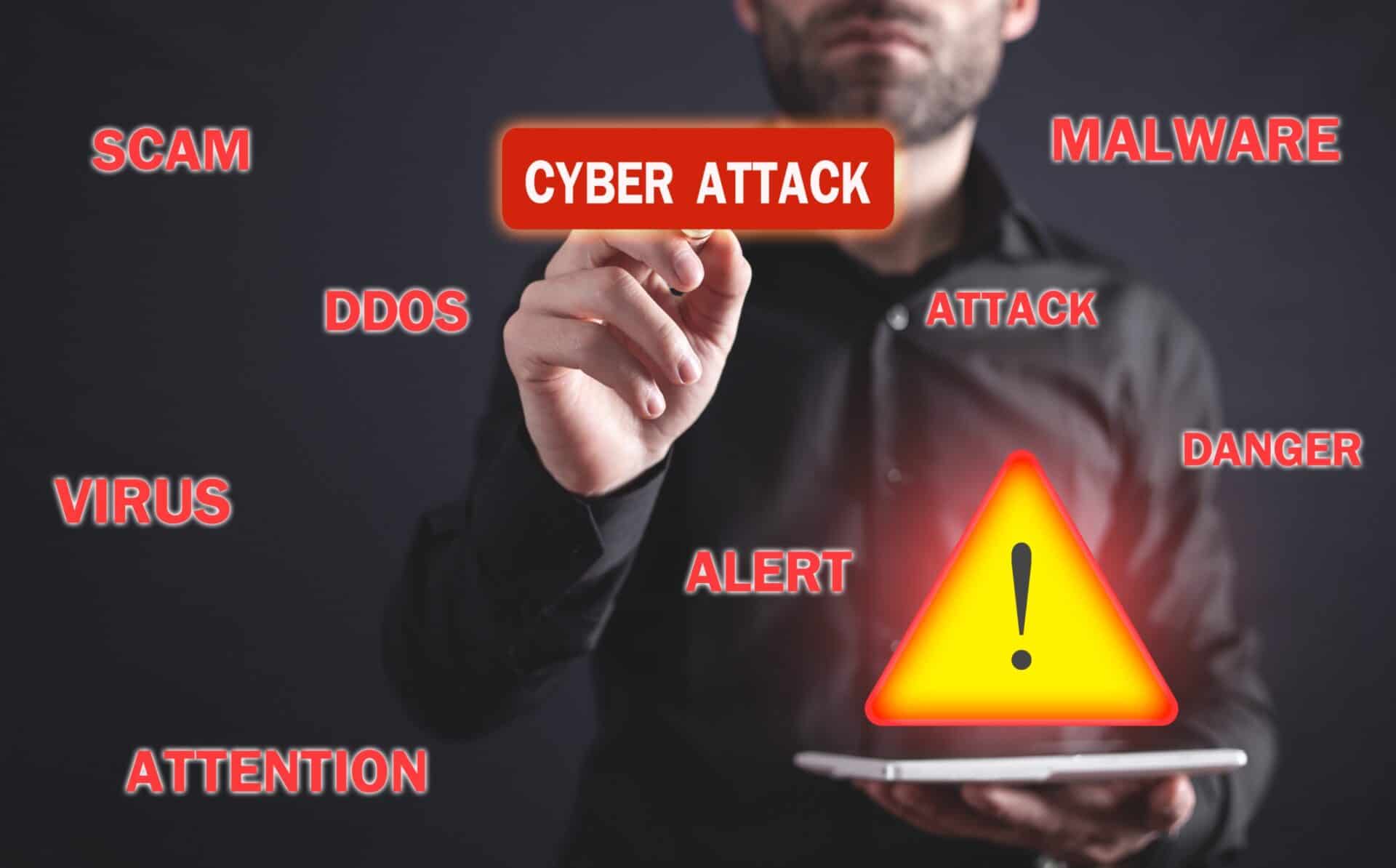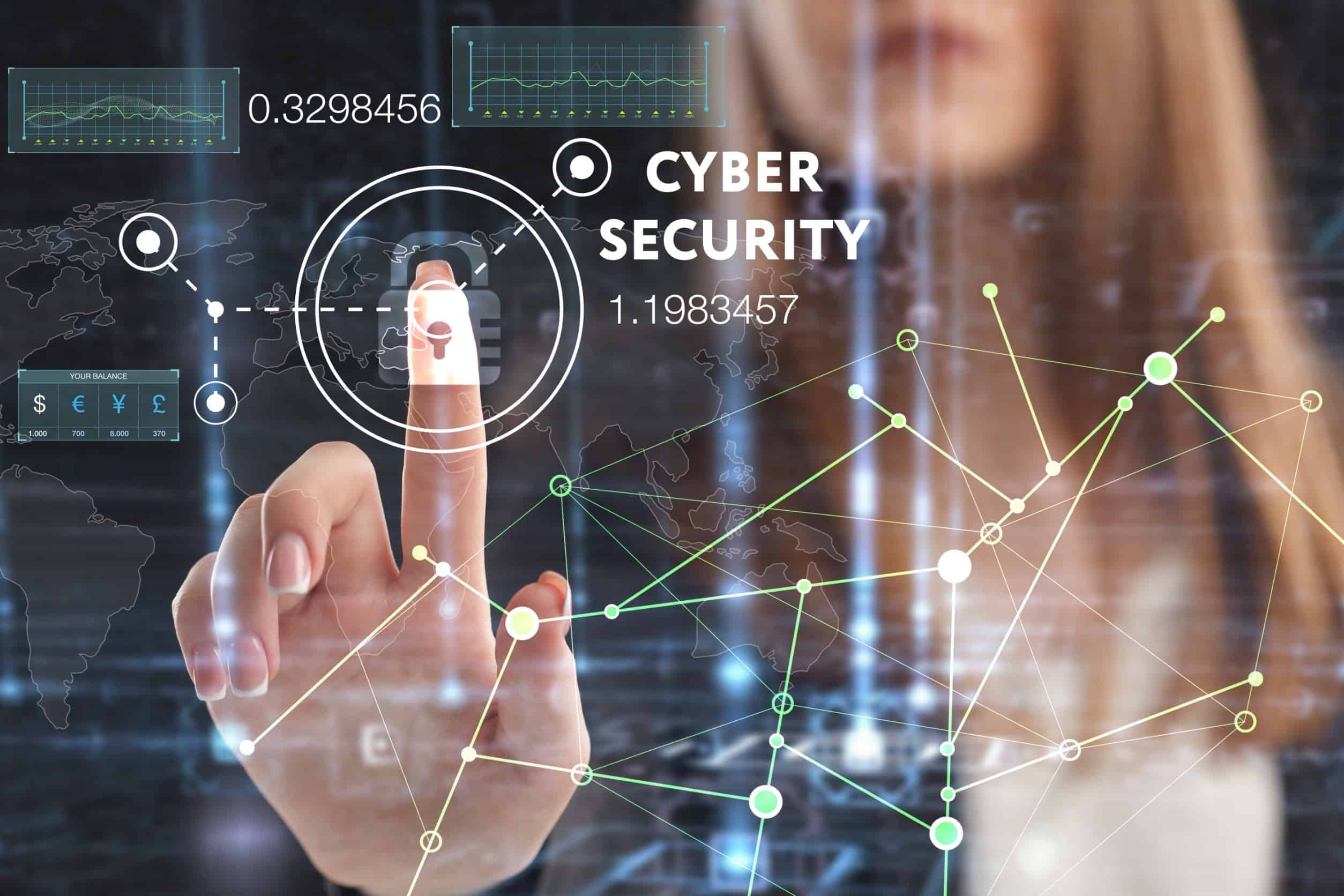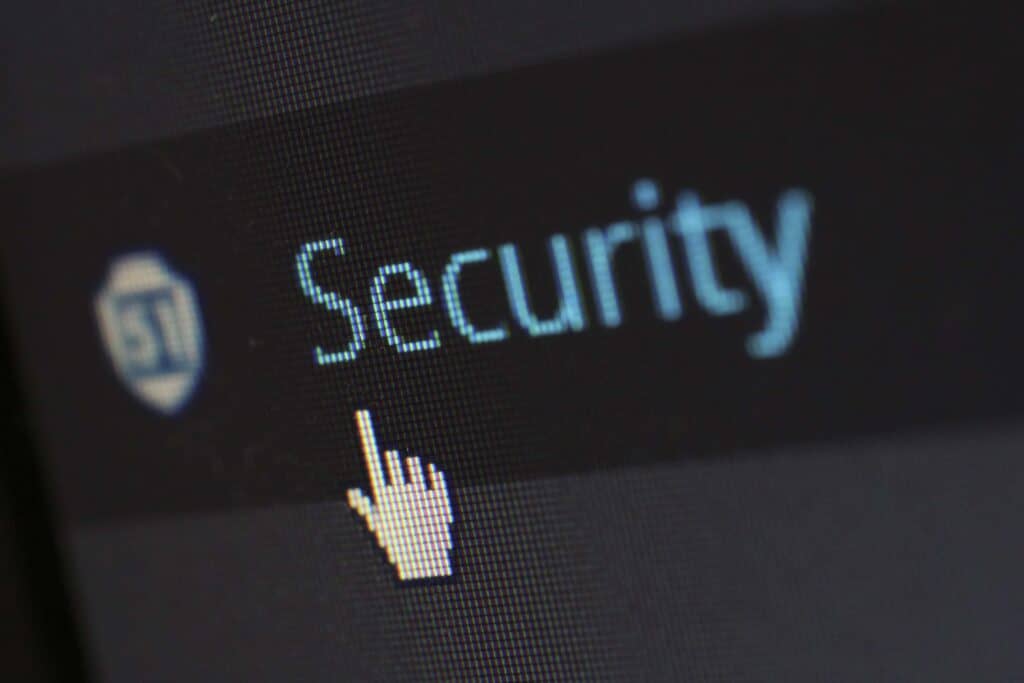- Educational institutions face unique cybersecurity challenges due to the vast amount of sensitive data they handle and the widespread use of digital tools in learning environments.
- Key strategies such as implementing a multi-layered security approach, enforcing strong access controls, and prioritizing cybersecurity education are important for protecting school districts and educational institutions.
- By adopting comprehensive cybersecurity measures, educational institutions can protect their networks, data, and students from increasingly sophisticated cyberthreats.
Protecting sensitive information is important for all organizations in the digital era, especially educational institutions. School districts and educational institutions manage vast amounts of personal and academic data, making them prime targets for cyberattacks.
Read on to learn about the significance of cybersecurity in educational settings, the specific challenges these institutions face, and actionable strategies to improve their cybersecurity measures.
Why Is Cybersecurity Important for Educational Institutions
Educational institutions store a wide range of personal information, from student records and academic achievements to health information and financial data. A data breach in this context can lead to severe consequences, including identity theft, financial loss, and privacy breaches.
Furthermore, they manage financial transactions and administrative data important to their operations. Strong cybersecurity measures protect data, maintain trust among students, parents, and staff, and ensure the uninterrupted delivery of educational services.
Challenges Faced by Educational Institutions
Educational institutions encounter several unique cybersecurity challenges:
- Limited Budgets: Many schools operate with tight budgets, making allocating sufficient funds for advanced cybersecurity solutions challenging. These budget limitations can make it challenging to invest in cutting-edge cybersecurity measures.
- Outdated Systems: Educational institutions often rely on legacy systems and outdated software due to budget constraints and the complexity of upgrading. These older systems can have known vulnerabilities that are easily exploitable by cybercriminals.
- High Number of Devices: The proliferation of devices in educational environments, including laptops, tablets, and smartphones, both personal and school-issued, has expanded the potential attack surface. Each device connected to the school network represents a potential entry point for cyberthreats.
- Lack of Specialized Staff: Schools often lack dedicated IT or cybersecurity personnel, leading to potential protection and response capability gaps. This lack of specialized staff means that schools may not have the expertise to implement sophisticated security measures, respond effectively to cyberincidents, or even recognize the early signs of an attack.
- Data Privacy Regulations: Educational institutions in the United States must comply with various data privacy regulations, such as the Family Educational Rights and Privacy Act (FERPA). These regulations mandate strict protections for student data, including personal information, academic records, and health data. For institutions already struggling with limited resources and outdated systems, non-compliance can result in severe penalties, including financial fines and loss of funding.
- Cybersecurity Awareness: Cybersecurity is not just about technology; it also involves people. Staff, students, and even parents often lack adequate awareness of cybersecurity best practices, making them more susceptible to phishing attacks, social engineering, and other forms of cybercrime.
Strategies to Strengthen Cybersecurity in Educational Institutions
Educational institutions must adopt key strategies to protect sensitive data and ensure a secure learning environment. Some of these include:
Implement a Multi-Layered Security Approach
A multi-layered strategy involves deploying several security measures to create a strong defense system. For schools, this means implementing firewalls and intrusion detection systems (IDS) to monitor and filter network traffic, thereby blocking potentially harmful data before it reaches critical systems.
Endpoint protection solutions, including antivirus software and endpoint detection and response (EDR) tools, are necessary for protecting the various devices students and staff use. Additionally, email and web security measures help to prevent phishing attacks and malicious website access, further strengthening the institution’s overall security posture.
Develop and Enforce Strong Access Controls
Users must complete multiple verification forms before accessing critical systems, using multi-factor authentication (MFA), which adds an additional layer of security.
Role-based access control (RBAC) ensures that only authorized personnel can access specific data and systems based on their job roles, reducing the risk of unauthorized data exposure. Additionally, enforcing strict password policies, including requirements for complexity and regular changes, helps to protect against credential theft and unauthorized access.
Conduct Regular Security Awareness Training
Programs like these should cover various topics, including recognizing and responding to phishing attempts, understanding the risks of social engineering attacks, and following best practices for maintaining secure passwords.
Update training programs regularly to address new threats and evolving attack methods, ensuring staff and students remain informed and vigilant.
Implement Strong Data Protection Measures
Data encryption should be employed to protect data at rest and in transit, making sure it is only accessible to authorized individuals. Regular backups of important data are also important for mitigating the impact of data loss or corruption and allowing recovery in the event of a cyberincident.
Additionally, implementing data loss prevention (DLP) tools helps to monitor and prevent unauthorized access or leakage of sensitive information. Adhering to data privacy regulations, such as FERPA, further makes sure that the institution meets legal requirements for data protection and maintains the trust of students, parents, and staff.
Establish an Incident Response Plan
Educational institutions should develop a comprehensive plan that outlines procedures for detecting, responding to, and recovering from cyberattacks. This plan should include roles and responsibilities for key personnel, communication protocols, and incident containment and resolution steps.
Regular testing and simulation of incident scenarios help to make sure that the plan is effective and that staff can respond quickly to real incidents. A strong incident response plan enables educational institutions to minimize the damage caused by cyberattacks and recover more efficiently.
Maintain Regular System and Software Updates
A strong patch management process ensures that software and systems are up-to-date with the latest security patches and improvements. This practice helps address security weaknesses before attackers can exploit them.
Vulnerability management, including regular scans and assessments, helps to identify and address potential security gaps, further strengthening the institution’s defenses. Automating updates where possible can streamline this process and make sure that systems remain current with the latest security measures.
Are you ready to protect your school district and educational institutions with cybersecurity solutions? Our experts at CMIT Solutions Houston SW are ready to help you. Contact us today to learn more.





